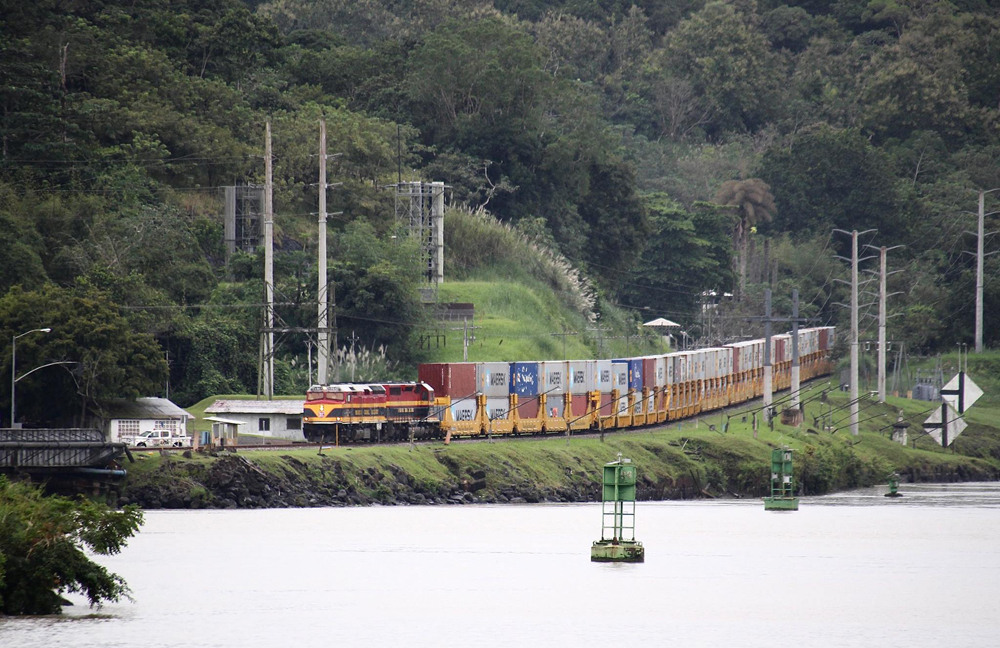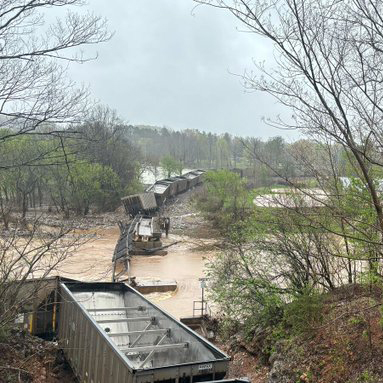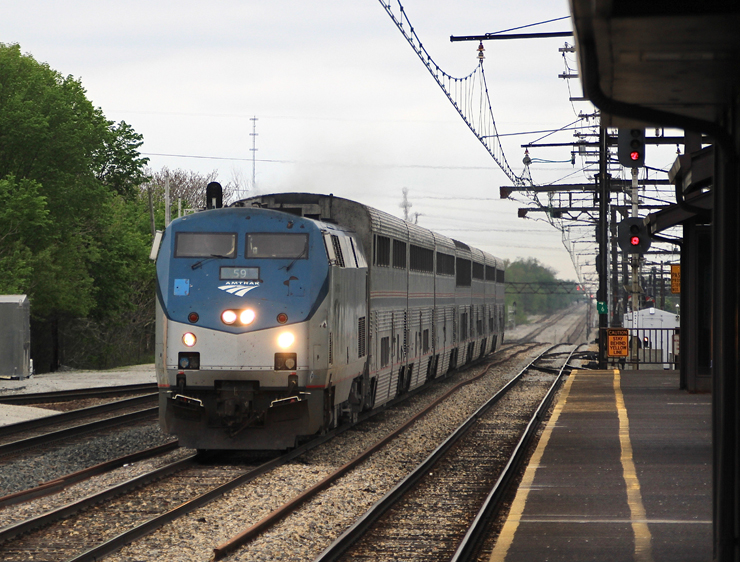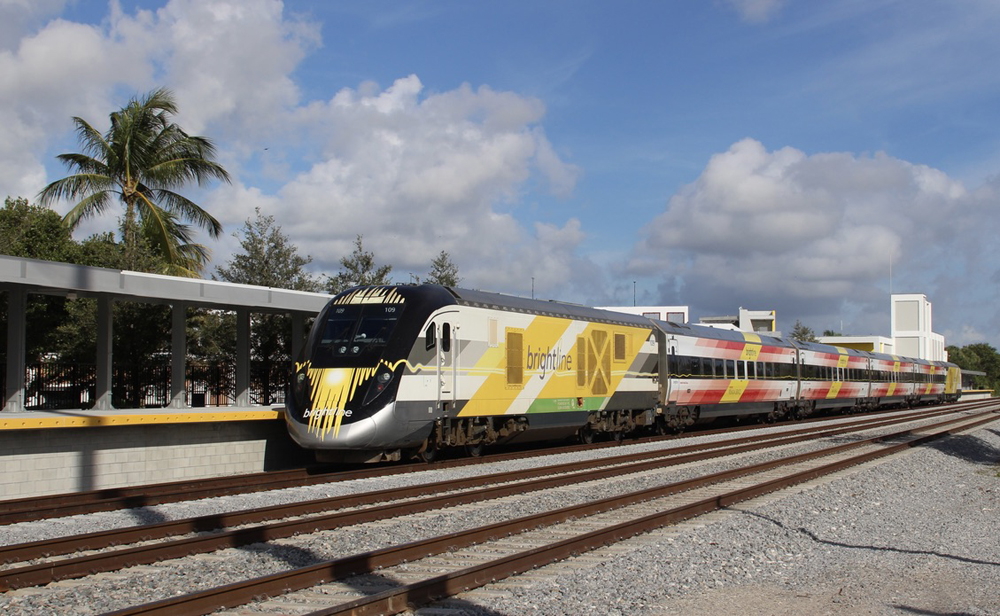
The Panama Canal Railway, which saw a 20% increase in container traffic last summer due to drought conditions affecting water levels in the Panama Canal, got another boost this week.
Maersk, the largest container shipping line, announced yesterday that shipments bound to and from Australia and New Zealand are being diverted to the Panama Canal Railway.

“Based on current and projected water levels in Gatun Lake, the Panama Canal Authority (ACP) has needed to make reductions to the amount and weight of vessels that can pass through the canal. Whilst we continue to work closely with the ACP, moderating and aligning our operations to fit the changes, we have made changes to services to ensure that our customers are impacted as minimally as possible,” Maersk said.
“The vessels that utilized the Panama Canal before will now omit the Panama Canal and use a ‘land bridge’ that utilizes rail to transport cargo across the 80 km of Panama to the other side,” the advisory said. “This creates two separate loops, one Atlantic and one Pacific. Pacific vessels will turn at Balboa, Panama, dropping off cargo heading for Latin America and North America and picking up cargo heading for Australia and New Zealand. Atlantic vessels will turn at Manzanillo, Panama, dropping off cargo heading for Australia and New Zealand and picking up cargo heading for Latin and North America.”
The 37-mile Panama Canal Railway, which handles about 300,000 containers in a typical year, is jointly owned by Canadian Pacific Kansas City and Mi-Jack. In 1998 they were awarded a 50-year concession to operate the rail line that parallels the canal.
Most of the new volume related to low water levels last year came from shipping lines that did not regularly use the railroad. And more such traffic could be coming, CPKC CEO Keith Creel told the Midwest Association of Rail Shippers Winter Meeting in Lombard, Ill.
“We never had this opportunity set before — not only to continue to do business with our primary customer there, which is Maersk …” Creel said, “but also for the other steamship lines that we have a very material commercial relationship with to enter into negotiations and discussions about bringing more traffic to that railway to grow.”
It’s why, Creel said, the Panama Canal Railway has proven to be one of the pleasant surprises of the CPKC merger.
“We’ve got one customer, it’s making money, it’s doing well. It was a great investment. But in my head, I said, how do you grow it? But little did I know. You don’t know what life has in store for you.”
Panama Canal Railway’s established customers use Panama’s ports, the canal and the railroad as a distribution and logistics hub to enhance their networks while maximizing their assets, the railway says. These customers use the railway for regional transhipment to cover Central, South American, and Caribbean markets.
— Updated at 5:08 p.m. CT with comments from CPKC CEO Keith Creel.














Doing an online search, there are at least four other Central American countries, Costa Rica, Nicaragua, Guatamala, and Honduras, (not to mention the Mexico coast-to-coast, rapid intermodal freight transfer), all vying to compete with the Panama Canal, by building new canals. It might make great sense to explore the possibility of building a new, wider Panama Canal at sea level without locks. That said, TPTB should consider deepening the Panama Canal at sea level, (ala Suez), eliminating the locks, and not having to rely on fresh water tributaries. That might be the most cost effective and environmental answer???
300,000 containers a year is not a lot… about 800 per day, perhaps balanced at 400 each way. 2 trains per day each way? I would expect that there are physical constraints to expand the railroad also.
This also shows the wisdom of AMLO’S takeover of the Ferrosur Trans Isthmus railroad in Mexico.
If this aspect of climate change continues, watch for an uptick/revival of U.S. of land ridge stack trains.
Colon Panama. The container facility is called Manzanillo International Terminal.